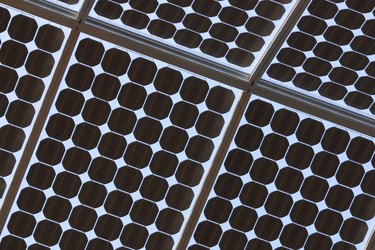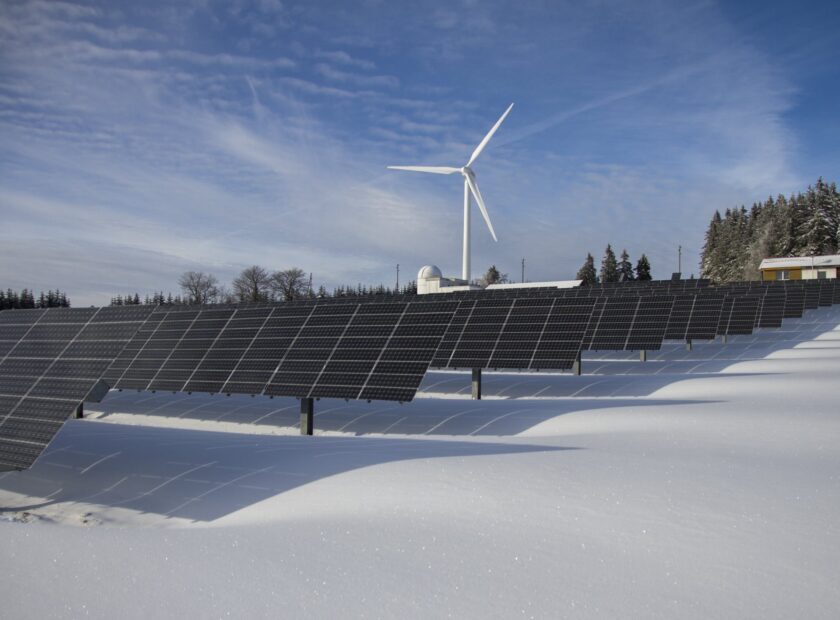What Are the Best Solar Panels for Low Light?
The standard formula for rating solar panels looks at the amount of power the unit produces in full sunlight at 77 degrees Fahrenheit. However, many homeowners in northern latitudes might only reach that optimal standard for solar collection a few days per year. Suppose you live in an area where sunlight is weakened by such factors as inclement weather and the earth’s tilt, yet wish to take as full advantage of solar power as possible. In that case, you need solar panels that are optimized for better efficiency under substandard conditions.
Monocrystalline Panels
Of the three basic solar panel types–monocrystalline, polycrystalline and amorphous–monocrystalline is the most efficient in collecting solar energy and therefore somewhat more effective in regions with low sunlight. As the name suggests, they are made from a single large silicon crystal cut from an ingot. Polycrystalline panels use many small crystals to form the collection surface, while amorphous, or thin film, solar panels consist of silicon particles applied to the surface of large plates. Monocrystalline panels, while more efficient, are only slightly so. They are also the most expensive of the three types.
Hybrid Panels
Some manufacturers, including industry leader Sanyo technologies, have combined monocrystalline and amorphous thin film to produce a hybrid panel that Sanyo has dubbed Heterojunction with an Intrinsic Thin Layer (HIT). According to Sanyo’s marketing literature, these hybrid panels “boast high conversion efficiency ranging from 15.3 to 16.4, excellent temperature characteristics, and considerable output under diffuse and low light conditions.” Sanyo’s 190-watt photovoltaic (PV) module has earned a 17.4 percent efficiency rating, well above the industry average of 12 percent.
High-Powered Panels
Industry experts consider solar panels with a collection capacity of greater than 100 watts to be high-powered. The wattage of a panel describes the amount of power the panel can produce in full sunlight at 77 F. The selection of high-powered panels compatible with the typical household 12-volt system dwindles as the wattage soars upward because the highest powered panels are designed for grid-tie systems rather than stand-alone systems, which deposit the power in a battery storage bank. You must also keep in mind that two panels with lower wattage will add up to the same collection capacity and be less expensive. In the case of solar panels, bigger does not automatically equate to better.
More Options
The U.S. Department of Energy’s Efficiency & Renewable Energy Program (EERE), established to develop innovations in the solar panel field, is working to optimize solar collector efficiency. One example is an experiment using a MicroDish composed of a concentration of Spectrolab solar cells–ultra-high-efficiency cells–in which EERE tested the use of mirrors designed to multiply the sun’s power. This application is intended “to substantially increase the viability of PV for cost-competitive applications.”
Image Credit: Hemera Technologies/AbleStock.com/Getty Images


